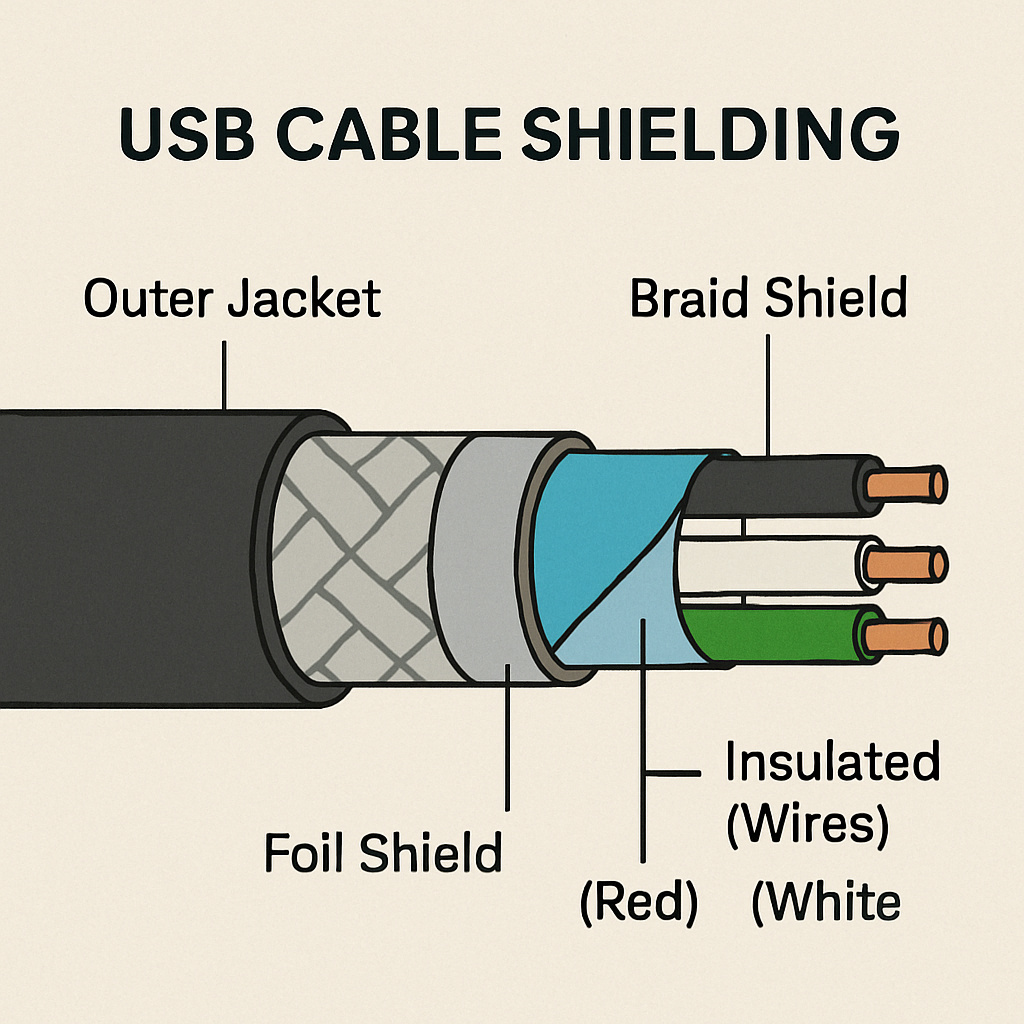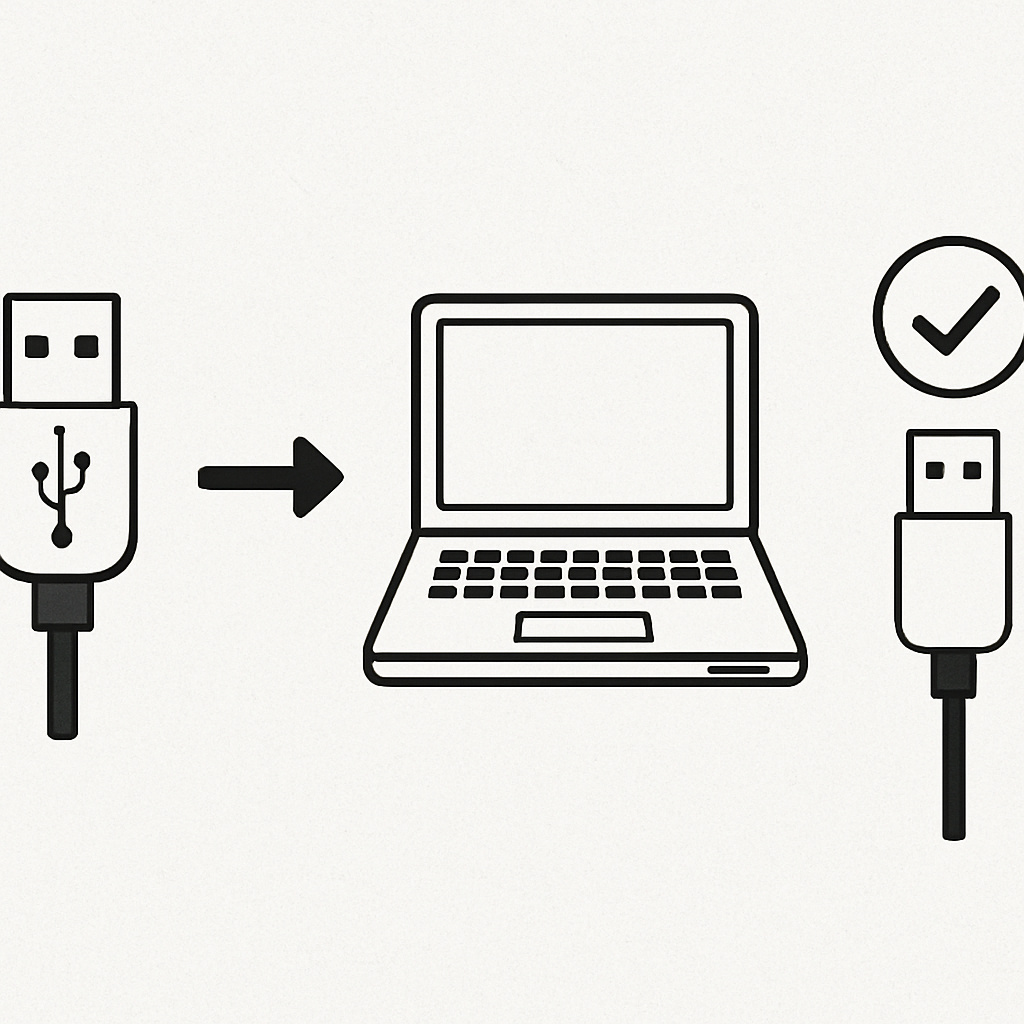Connectors are the endpoints of a USB cable, allowing it to plug into devices. There are several types of USB connectors, each designed for specific purposes and devices.
Manufacturing Materials
Connectors are typically made from durable materials such as aluminum or nickel-plated steel, which resist corrosion and wear. The choice of material affects the connector's longevity and performance, especially with frequent plugging and unplugging.
Design and Ergonomics
The design of USB connectors has evolved to improve user experience. Features such as ergonomic grips and reversible designs, like those in USB Type-C, enhance ease of use. Additionally, the compact design of connectors like Micro USB and Mini USB enables compatibility with smaller devices.
Compatibility Considerations
Connector types must align with device ports for compatibility. As new devices emerge, connector designs evolve to meet changing requirements. Users must consider compatibility when selecting cables, ensuring the connectors match their devices' ports to avoid connectivity issues.
Common USB Connector Types
USB Type-A: This is the most recognizable and widely used USB connector. It is commonly found on computers and power bricks.
USB Type-B: Often used for connecting printers and scanners, this connector is more square-shaped.
USB Type-C: Known for its reversible design, it can be plugged in either way and is used in many modern devices, including laptops and smartphones.
Micro USB: A smaller connector used for older smartphones and some accessories.
Mini USB: This older connector was commonly used for cameras and older portable devices.
USB Type-A: A Staple of Connectivity
USB Type-A connectors are the backbone of USB technology, widely used in computers, power adapters, and other devices. Their robust design ensures a secure connection, though their non-reversible nature can be less convenient compared to newer designs.
USB Type-B: Specialized for Peripherals
USB Type-B connectors are designed for specific peripheral devices like printers and audio interfaces. Their square shape provides a stable connection, though they have become less common as USB Type-C gains popularity for its versatility.
USB Type-C: The Future of Connectivity
USB Type-C connectors offer a sleek and reversible design, simplifying the connection process. They support faster data transfer speeds and power delivery, making them ideal for modern devices. Their growing adoption signals a shift towards more universal connectivity solutions.
Micro USB: The Previous Standard
Micro USB connectors were once the standard for smartphones and small gadgets. Their compact size made them suitable for portable devices, though they have been largely replaced by USB Type-C due to the latter's enhanced capabilities and user-friendly design.
Mini USB: Legacy Connections
Mini USB connectors were used in early portable devices like cameras and MP3 players. While largely obsolete today, they played a crucial role in the early expansion of USB technology. Some legacy devices still utilize Mini USB, necessitating adapters for modern connectivity.





 All Categories
All Categories



 EN
EN Home |
Home | 
















